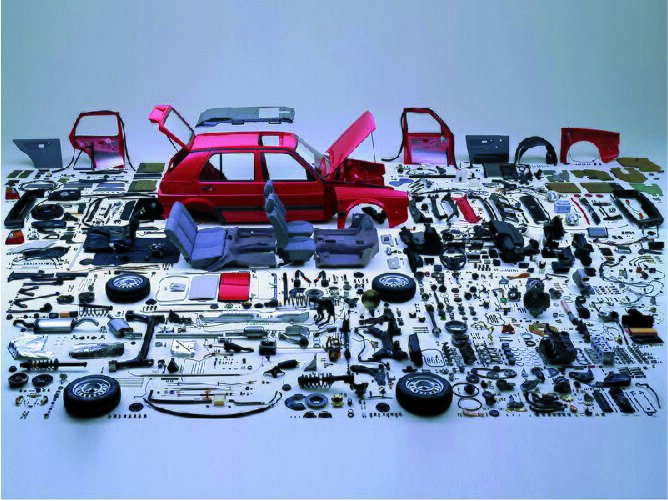Research tools
These tools and techniques enable you to conduct research with people. These can be used even if you have little or no experience. The nine research tools outlined here will help you to gather insights and feedback effectively. They are not just for designers and architects, but can be used by anyone.
There are many different research techniques and methods and they all have varying strengths, weaknesses, levels of user involvement and resource requirements. The methods outlined here talk about how, when and why you might use them. However, not all methods will suit all purposes, or be applicable for all individuals or groups you will work with. For example, group interviews are not suitable for people with poor hearing and web surveys cannot be answered if the respondent does not have digital access.
Below the research methods arranged into categories of low-medium and high-contact.
RESEARCH METHODS
Low contact:
Medium contact:
High contact:
This ranks them according to a number of factors:
- The degree of interaction with the person or the group.
- The depth to which insights can be explored.
- Time and resources needed to arrange and prepare your research.
For example, natural observation, where you observe people’s behaviour without talking to them, has little interaction, and as a result the depth to which any observed insight can be explored is also low. This is not to say that the insights gathered are any less important, but that this set of tools are suited to discovering insights rather than examining them deeply.
There are no fixed rules as to when tools should be used, but low-contact tools tend to be used at the beginning of the development process, medium-contact throughout and high-contact in the middle and at the end. Most of the tools can be used in combination with each other. For example, a visit to a user’s home may combine a questionnaire with an interview, and controlled observation with a specific task. You should decide how and when to use the tools to suit the type and level of information you require.
TIPS ON CONDUCTING RESEARCH
- Set your research goals: think about the scope of the project, and what you are trying to find out. This can help to select the right tool.
- Adapt your techniques: use this guide as a framework and adapt each study according to the user and the focus of the project. This can range from taking into account a potential users disability or developing a new method to capture a particular type of information.
- Always get consent from people when recording them.
- Make people comfortable and inform them about the purpose and intention of the information you are collecting.
- Do not forget that you are asking people to help you. Thank them in return. See them as coproducers and collaborators rather than test subjects.
- See research as a creative activity, not just a mandatory part of the process.

THE INVESTIGATIVE MIND
Adopt the correct frame of mind. You need to put aside your own thoughts and prejudices and be willing to see from another person’s perspective. To help you here is a list of 10 guidelines to keep in mind when conducting a user study:
- Ask the question ‘why?’ You may see what people are doing, but understanding why they are doing it will give you more understanding.
- Look beyond surface actions. Think about what the person is trying to achieve, what their intention is and what their aspiration actually is.
- Look for makeshift solutions to problems. These are often indicators of an unfulfilled need.
- Explore habitual or accepted behaviour. Be aware of things that seem normal just because many people do it, but question the underlying reason.
- Look for people misusing or reinterpreting the function of a design. Find out the reason behind it to understand what could be done better.
- Pay attention to things that people have difficulty with and try to uncover the reasons. It is likely that that others will also face the same problem.
-
Do not focus just on the subject matter, but also consider the context, as this can influence also e.g. time of day, the location, ambient noises, etc.
-
Examine interactions such as the relationships between people, and between people and things.
-
Be aware of the whole process that people follow, both physically and mentally, and leading up to and beyond your particular event of interest.